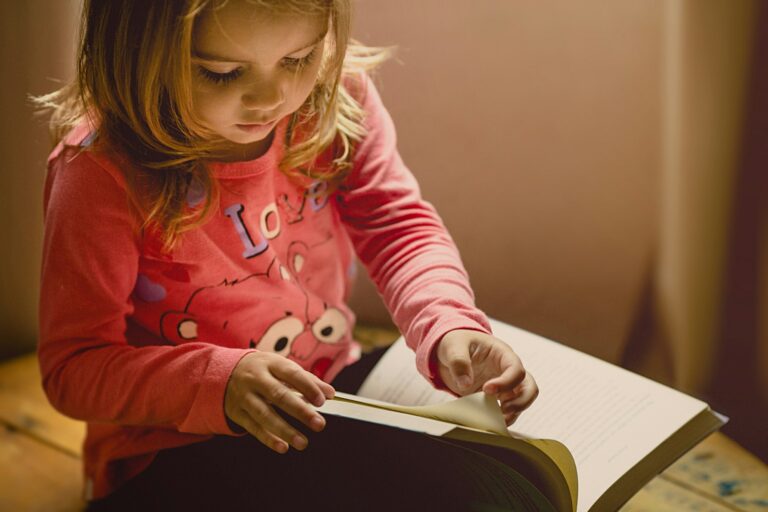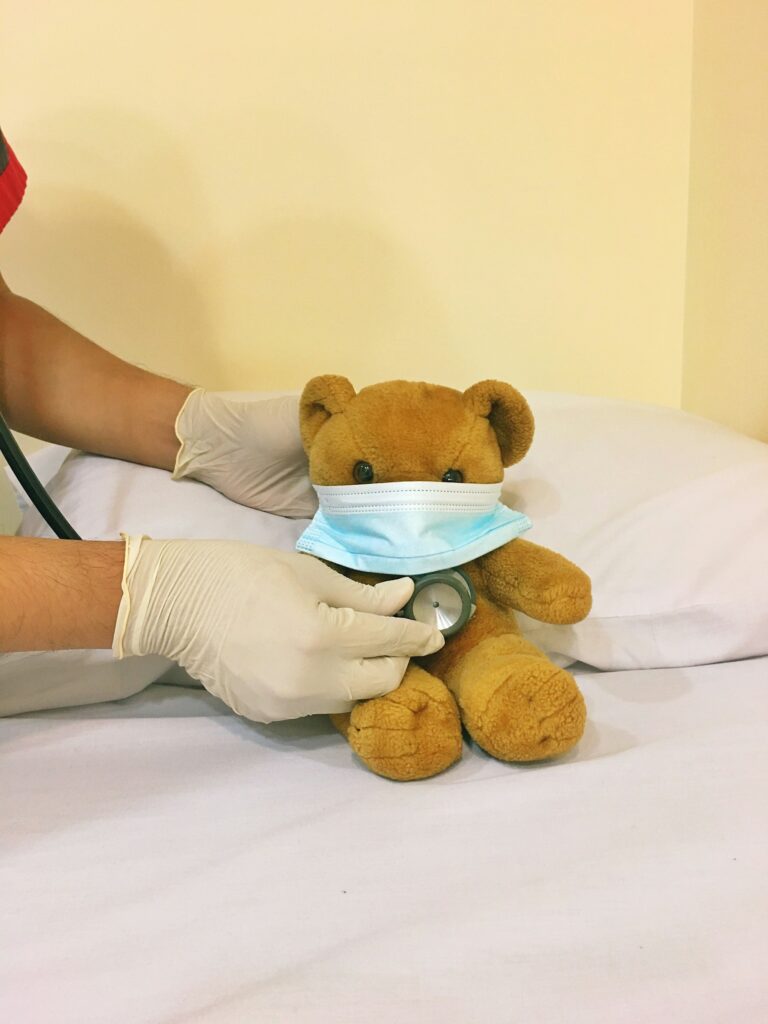When the safety and happiness of a child are threatened, it’s natural for parents to feel a symphony of concern. The trembling anxiety that comes with imagining your child at the receiving end of school bullying—whether it be mocking glances, whispered rumours, or bruises no watchful eye has caught—can weigh heavier than words can express. Sometimes, the question arises abruptly: “Could this be happening to my child?” At other times, it is a slow, gnawing worry brought by a change in behaviour or a reluctance to attend school. The drive to protect, to understand, and to truly act is at the heart of parenthood. Today, let’s unfold what school bullying really means, why it happens, what warning signs deserve attention, which measures actually protect children, and how families can respond—supporting their child’s academic, mental, and physical health.
What is school bullying? Key definitions and different types
School bullying is not merely an argument or a fleeting disagreement. It’s a pattern of intentional, hurtful conduct, repeated over time, where there’s a clear imbalance of power—be it physical strength, social status, or access to information. The one targeted, often unable to defend themselves, finds even the classroom shadows become intimidating.
When it comes to types, the landscape is as diverse as it is pervasive:
- Physical bullying: The sudden shove on a staircase, a slap in the corridor, or deliberate destruction of belongings—these are open signals of dominance.
- Verbal bullying: Hurtful words, unrelenting taunts, subtle threats, name-calling, or coarse jokes—a single word can linger long after bruises fade.
- Social or relational bullying: The invisible pain of exclusion, the sting of humiliation in a group, or whispered campaigns to damage one’s reputation.
- Cyberbullying: With smartphones in pockets and screens glowing in every room, the reach is endless—online threats, fake profiles, embarrassing posts, and a digital audience that never sleeps.
- Sexual bullying: Unwanted remarks, suggestive messages, or physical advances that make a child shrink into their shell.
- Indirect bullying: Sometimes the weapon is silence—a slow isolation, gossip that grows roots, a seat left empty on purpose.
- Pack bullying: When a group finds unity in targeting a single child, the effect multiplies, overwhelming any defence.
What unites all these? The act isn’t accidental. The “power imbalance” is central, and the behaviour is repeated or has the potential to recur, which separates bullying from everyday spats. Direct bullying (face-to-face confrontation) and indirect bullying (covert actions like spreading rumours or exclusion) both leave profound marks on a child’s mental and physical health.
Globally, around 20% of students aged 12–18 report being bullied at school. Include the cyberbullying statistic, and the percentage rises further. Certain groups—children with disabilities, those who stand out for any reason, or students from disadvantaged backgrounds—face a higher risk, and the effects, both seen and unseen, can last a lifetime.
Causes and risk factors—why does school bullying happen?
Understanding why school bullying emerges is anything but straightforward. A cocktail of personal, familial, social, and environmental elements blend together, ratcheting up the risk.
From an individual perspective, some children may display higher tendencies towards aggression due to impulsivity or a desire to assert authority. Others, often victims, might lack assertiveness or visible confidence, or seem “different” in ways the group singles out.
The family setting sets another stage—children exposed to harsh punishments, volatile arguments, or little emotional warmth may come to see aggression as a way to get attention or resolve conflicts. If violence is often present at home, those patterns can find easy echoes at school.
School climate is a silent yet powerful force. Where empathy is replaced with competition, supervision is lax, or adult support is distant, bullying finds fertile ground. Peer pressure quietly coaxes children to join in or turn a blind eye, further emboldening bullies.
Looking even wider, community norms matter—if children regularly witness intolerance, media glorification of violence, or dismissive attitudes towards diversity, they may mirror those attitudes, consciously or not.
Recognising signs and understanding the consequences
Children experiencing school bullying rarely announce their struggles outright. Instead, signs might hide in the everyday: the child who returns home with lost possessions, persistent headaches, a sudden hatred for Monday mornings. Watch for:
- Physical clues: Unexplained bruises, frequent stomach aches, suddenly missing lunchboxes or stationery.
- Emotional or behavioural changes: Withdrawal, irritability, sudden mood swings, avoidance of friends, restless sleep, or even bedwetting.
- Academic impact: Falling grades, lack of concentration, dropped participation, or mounting absenteeism.
The medical implications are equally telling. Chronic exposure to bullying can trigger anxiety disorders, clinical depression, social withdrawal, and post-traumatic stress symptoms (PTSD). Some children may start losing sleep, develop persistent somatic complaints (for example, frequent headaches or abdominal pain without obvious medical cause), or even display self-harm tendencies. The effects ripple further—bullies themselves may show tendencies toward antisocial behaviour and emotional challenges in later life. Even bystanders absorb a share of the anxiety, sometimes developing feelings of guilt, helplessness, or detachment from school.
Laws, policies, and school surveillance: a focus on protection
Every day, educators and policymakers grapple with how to make schools safer. Most countries now mandate anti-bullying policies—requiring schools to define, report, and address every incident with clarity. Not just generic rules: there are stipulations grounded in legal frameworks, especially protecting groups vulnerable to discrimination based on disability, gender, ethnicity, or sexual orientation.
In cases where bullying impedes learning (for instance, for a child with special needs), schools are legally bound to reevaluate support structures—like adapting Individualised Education Plans (IEPs) or 504 plans. Retaliation is not permitted under any circumstances.
Prompt reporting mechanisms, confidential lines of communication, systematic investigations, and thorough documentation are no longer extras—they form the backbone of modern school safety. Staff are regularly trained not only to recognise but also to intervene before harmful behaviours take root.
Proven prevention strategies and medical perspectives
What truly keeps school bullying at bay? The research converges on one answer: a climate of respect and inclusion works far better than punishment alone. Educational programs, such as Social and Emotional Learning (SEL) or Positive Behavioural Interventions and Supports (PBIS), focus on building empathy, resilience, and self-regulation—traits that guard against both aggression and victimhood.
Pioneering models like the Olweus Bullying Prevention Program (OBPP) operate on multiple fronts—changing staff attitudes, reinforcing positive norms, and introducing age-appropriate responses for challenging behaviour. The Finnish KiVa program draws attention to bystanders, showing students how refusing to join in or supporting a victim can disarm and dismantle bullying much faster than any adult intervention. Role-play, discussion, and real-life scenarios anchor these methods in day-to-day school life.
Encouraging peer support systems is another driver of change. When students feel empowered to report incidents or defend classmates, bullying’s influence shrinks. Teaching “digital citizenship” is increasingly authoritative—children must learn not only how to use digital tools, but how to wield them responsibly, understand privacy, and recognise manipulation online.
For parents—the science is clear: strong, involved families amplify the effect of all preventive strategies. Participate in school meetings, ask for updates about anti-bullying initiatives, and reinforce positive behaviours and coping skills at home. Medical providers emphasise the role of early psychosocial support and, when indicated, consultation with child psychologists or psychiatrists.
Responding effectively: immediate steps and ongoing support
The first priority when school bullying is spotted: ensure every child involved is safe, emotionally supported, and heard. Quick actions matter—school staff should gently separate victims and bullies, provide counselling and, if needed, adapt academic support.
Discipline, where required, should come hand-in-hand with rehabilitation—encouraging empathy, teaching conflict resolution, and helping children recognise the impact of their actions. For those targeted, medical professionals sometimes recommend trauma-informed therapy or peer mentoring schemes.
Communication is essential. Parents should keep logs of events, participate actively in meetings, and follow up consistently. Schools, in partnership with families, need transparent monitoring—meaning regular check-ins, updated strategies, and flexible adaptation based on the child’s evolving needs.
Parents as partners—what you can do
It’s never easy, but becoming a steady advocate for your child is perhaps the greatest protection you can offer. If you suspect school bullying, start with gentle, open conversations—ask about the day, listen for pauses, observe changes. Avoid blame or alarm; instead, convey belief and support.
Keep clear records of concerning incidents, and communicate with teachers or counsellors without delay—early intervention can halt a destructive cycle before scars deepen. Encourage exposure to positive peer groups and involvement in extracurricular activities; strong friendships often shield children better than any rulebook.
Teach strategies—walking away, seeking adult help, using the buddy system, or standing up confidently without aggression. Never advise retaliation. For children showing signs of distress, don’t hesitate to reach out for professional counselling, which can provide much-needed stability and coping tools.
Cyberbullying—unique nuances in a digital age
Traditional harassment rarely ends at the school gate any more. Today, cyberbullying slips unnoticed into bedrooms, backpacks, and digital spaces, often magnifying feelings of powerlessness—with anonymity and permanence that make insults or threats especially toxic.
Children might face:
- Threatening or abusive messages,
- Humiliating photos or videos made public,
- Forced exclusion from groups or chats,
- Fake profiles spreading misinformation.
Raising a “digitally literate” child now becomes as important as textbooks or sports. Talk openly about online experiences, instruct them in setting privacy controls, and teach scepticism before sharing personal information. Insist on rules for device usage and encourage them to report online abuse promptly. Schools must ensure codes of conduct address both on-campus and off-campus digital behaviour—faculty training and digital surveillance add another layer of protection.
Medically, cyberbullying is no less severe than physical or verbal aggression. Psychosomatic symptoms (unexplained aches, fatigue), chronic anxiety, mood disturbances, and in severe cases, signs of trauma or suicidal ideation may arise. Professional and timely intervention plays a life-changing role.
Case studies—proven impact and lessons from the world
The global fight against school bullying is peppered with case studies that underline both the severity of the problem and the real change possible. Legal responses in North America and Australia have clarified that inaction on reported bullying can have consequences for schools, reinforcing their duty to act promptly.
Community-led efforts in South Korea have sparked sweeping anti-bullying laws, while school-based programs across Europe (like PBIS, peer-led clubs, and the Friend to Friend campaign) have consistently cut bullying rates and improved well-being. Family engagement, media attention, and multisectoral collaboration have all contributed to shifting attitudes and embedding effective approaches.
Teacher training is another pillar—educators versed in positive classroom management strategies are far better prepared to de-escalate conflicts, mediate peer disputes, and reinforce behavioural expectations that leave no room for bullying patterns to settle.
Key Takeaways
- School bullying takes many forms—physical, emotional, and digital—and affects far more than academic performance.
- Recognising warning signs early and responding with empathy is vital for restoring a child’s sense of well-being and safety.
- Prevention is possible when schools, families, and communities work together—especially when backed by empathy-building programs and medical guidance.
- Proven anti-bullying strategies focus on building positive environments, equipping children with emotional skills, and empowering bystanders.
- Comprehensive laws, swift intervention, and sustained support keep children safe and feeling protected.
- Professional support—including school counsellors, psychologists, and paediatricians—can make a pivotal difference for both victims and bullies.
- For more tailored advice and free health checklists for your child, consider downloading the Heloa app—a practical toolkit for parents at your fingertips.
Questions Parents Ask
How should I start a conversation if I think my child is being bullied at school?
Many parents feel a twist in their heart when faced with this question. Best is to create a comfortable and calm setting—maybe during a relaxed meal or quiet evening. Ask gentle, open questions about their friends, what they like and dislike about their classroom, and how they feel at school. Listen patiently, holding back judgement or alarm. Sometimes children keep problems to themselves out of embarrassment or worry about upsetting parents. Reassure your child that whatever they share, you’re there to support and help. Remind them that reaching out is a sign of courage and strength.
What steps can I take if my child is accused of bullying others?
It’s entirely natural to feel upset or confused. The first step is to listen. Invite your child to explain their side, keep an open mind, and avoid immediate conclusions. Use the opportunity to discuss empathy and explain how their actions might affect classmates. If appropriate, suggest they offer a sincere apology. If the situation is serious or repeated, involve teachers or school counsellors. The goal is not to shame, but to help your child learn better ways to interact and to repair harm where possible.
How can parents partner with schools to prevent and address bullying?
Building a bridge with teachers and the school team is key. Reach out when you notice early signs—request meetings, stay updated about anti-bullying activities, and ask how follow-up is managed. Attend parent-teacher sessions, workshops, or awareness events whenever possible. Staying connected with the school shows your child that you are involved and care, and it helps create a safer and more inclusive space for every student. If you have any doubts about how bullying is managed, do not hesitate to bring them up; collaboration is the strongest defence against school bullying.









